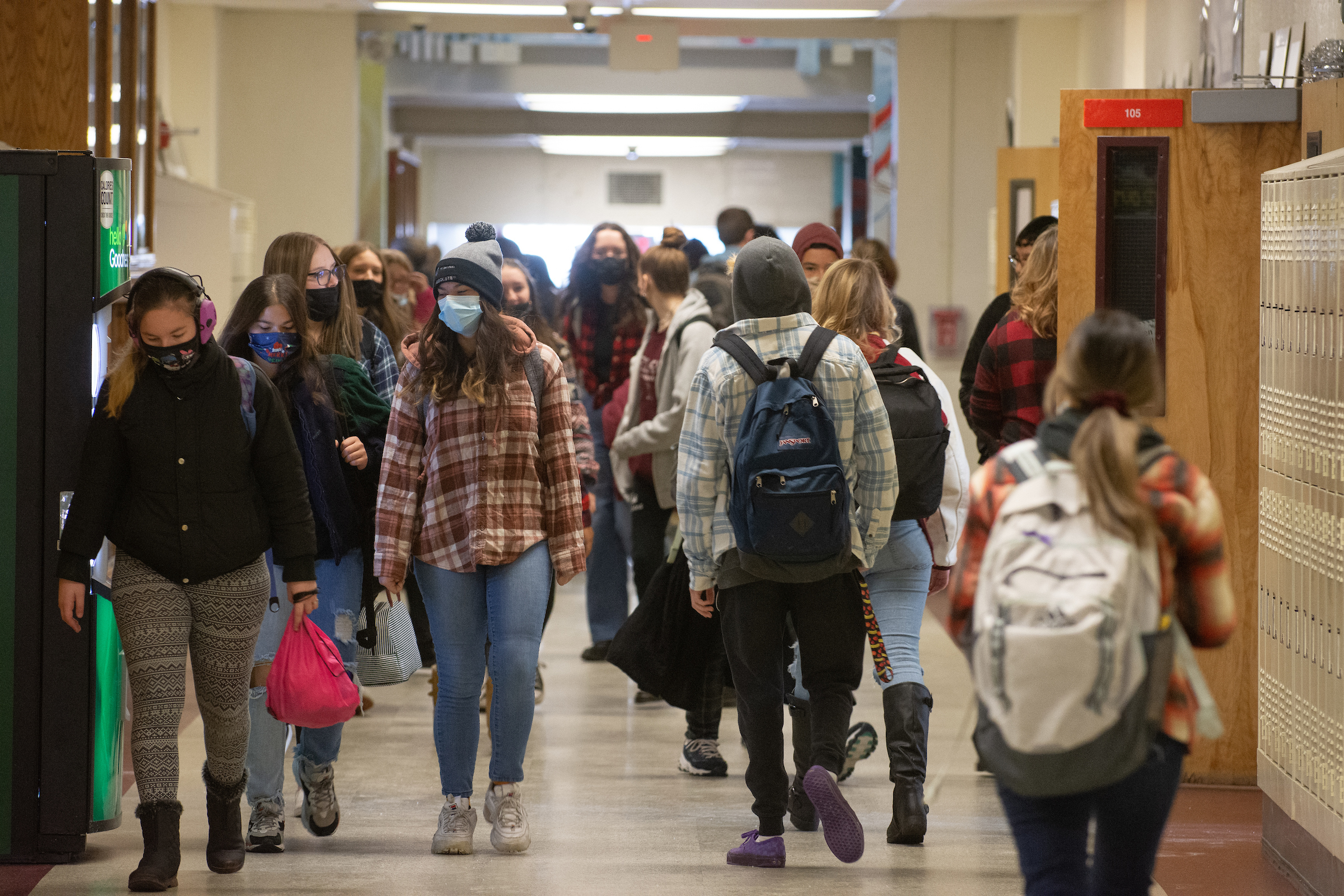More school funding: If only the solution to improve student performance were so simple

The first temptation in the quest to improve student performance is often to increase school funding. Former Gov. Sisolak’s proposal to double the K-12 budget and Gov. Lombardo’s vow to provide “unprecedented investments in K-12 education” are recent examples.
There is no question that schools need adequate resources to do the job. Attracting the best and the brightest to the teaching profession requires competitive salaries. Class sizes must be small enough so teachers can provide students with individualized attention and effectively manage classrooms. Technology must be available on equal playing fields so all students benefit, regardless of socio-economic status. And facilities must be safe, clean, and maintain environments conducive to learning.
That said, there are underlying problems that are hard to fix with funding alone. One such difficulty is the persistent achievement gap in academic performance between key subgroup populations.
Consider the performance of Black and Hispanic students over time as measured by the National Assessment of Educational Progress (NAEP). The assessment, with a focus on the math and reading skills of 4th and 8th grade students, is congressionally mandated to assess student performance biennially. It may not be the perfect barometer to measure learning gains and declines — no tests are — but they do represent The Nation’s Report Card, the single most recognized source for describing the state of public education in America. NAEP categorizes test scores in four categories: below basic, basic, proficient and advanced.
I wrote two pieces in recent months about the 2022 NAEP results. One reader’s comment countered that these are just tests, that students don’t take them seriously. It is probably fair to assume some students don’t take them seriously; but it is equally fair to assume most do. Which is why education professionals put a lot of stock in test results, celebrating when scores go up — and politicians and pundits beat up on the education system when test scores are low.
Over the last four test cycles, not much has changed for Nevada’s students. Roughly 70 percent of 4th- and 8th-grade students scored below the proficient level in math and reading from 2015 to 2022, with little deviation — even outside the pandemic years.
And how are the aforementioned Black and Hispanic students fairing as subgroups? Not well at all. Severe, disheartening achievement gaps continue to haunt us. More than 80 percent of Black and Hispanic 4th graders scored below proficient in reading in 2022, just as they did in 2015. Compare that to an average of 58 percent of white students. Put another way, in 2022, 40 percent of white 4th graders scored at the proficient level or higher in reading compared to 11 percent for Black students and 19 percent for Hispanic students. Similar disparities exist for 4th grade math scores and within the test performance of 8th grade students.
Achievement gaps have been a long-term problem. Comparing 4th grade NAEP reading scores in 1998 and 2022 — a span of 24 years — the gap between test scores for Nevada’s Hispanic and white students has modestly closed, but the gap between scores for Black and white students has widened.
State tests show similar disparities over time, with white students outperforming Black and Hispanic students by large margins. Yes, graduation rates have dramatically increased in recent years for all students, something everyone can celebrate. But in the past, when students had to pass the High School Proficiency Examination to earn a diploma, disparities in graduation rates among subgroups then were as profound as are the achievement gaps in math and reading today.
Will additional funding help solve the ever-present problem of improving educational outcomes
of key subgroup populations? Let’s hope so. But history shows there is no silver bullet—the intermittent initiatives and bursts of additional revenues that have come and gone in Nevada over the years have failed to substantially close achievement gaps.
Everything depends, of course, on where and how new funding is directed. Lombardo’s commitment to reemphasize the Read by Grade 3 Program is a start. We have to catch things early. Will expanding school choice also help? Possibly. Maybe an army of tutors to assist students in need would also be of benefit.
This much we do know: Resources must be strategically and consistently targeted to improve the academic performance of all subgroups, but especially so for the Black and Hispanic students that now comprise more than half of all public school enrollment. Closing unacceptable achievement gaps that have persisted for decades is a daunting challenge, but also an absolute must.
Michael Raponi is a contributing columnist to The Nevada Independent. He may be contacted at [email protected]
